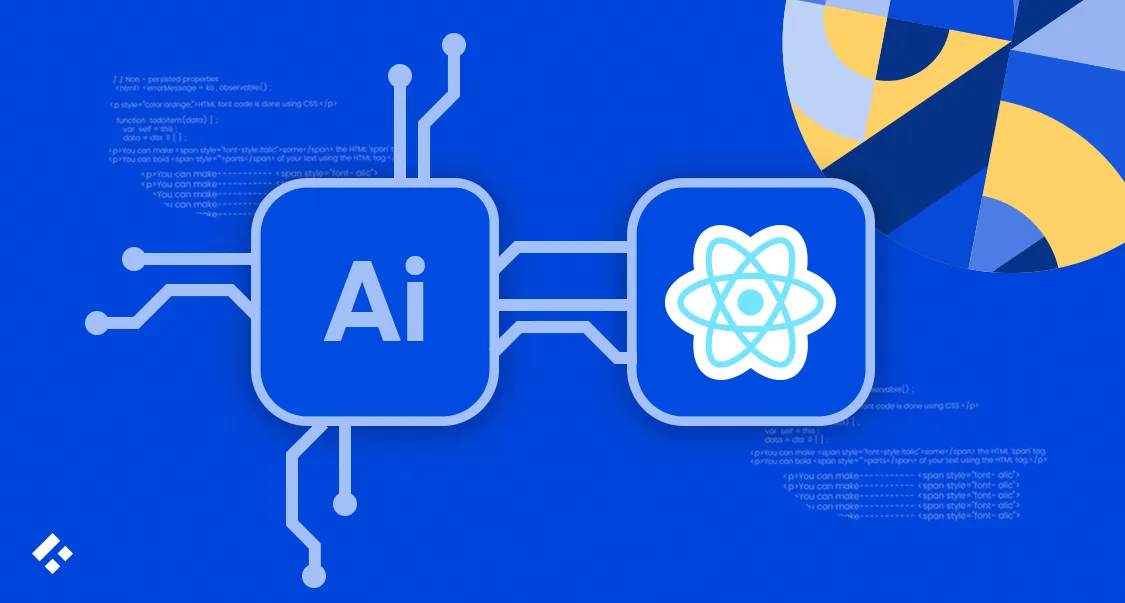How We Brought AI Into a React Web App And Why It Changed Everything

AI isn’t just hype. When integrated properly, it becomes a powerful extension of your product, your workflows, and your user experience. In this case study, we’ll walk through how we added AI into an existing React project — without rewriting the architecture or adding unnecessary complexity.
The Challenge
Our client had a modern React-based web application serving B2B customers. The product was strong — but the team wanted to:
- Reduce manual admin for their users
- Improve onboarding without hiring support staff
- Add intelligent recommendations based on usage
The biggest constraint? They didn’t want to rebuild anything. Speed and seamless integration were key.
Our Approach
Rather than retrofitting a chatbot or plugging in something generic, we started with the workflow — not the tech. Our goal: identify where AI could actually solve a real problem without overwhelming the stack or user.
Step 1: Identify AI-worthy Use Cases
We started with user behavior analytics and feedback. Three use cases stood out:
- Smart form assistance: guide users through long data input steps
- Auto-generated summaries of dashboard reports
- Natural language Q&A on platform features
These were pain points where automation could enhance, not distract.
Step 2: Add AI Logic Without Bloating the Frontend
We kept the frontend lean by using:
fetch()andaxiosto call backend routes securelydebounceandasync/awaitfor optimal UX timing- Suspense boundaries for loading fallback handling
On the backend, we created middleware with Laravel (could be Node as well) that handled:
- Prompt engineering per use case
- Authentication and rate-limiting
- Context injection (user, plan, past usage)
We routed requests to OpenAI and Anthropic based on function — OpenAI for summaries, Claude for broader answers.
Step 3: Keep Control With Custom Prompts
We didn’t use base LLMs directly. Instead, we created our own prompt templates using:
- Internal terminology
- Guardrails to avoid hallucinations
- Data-specific context pulled from the app database
Each prompt was dynamically assembled server-side. This kept the agent both smart and safe.
The Result
- Users were 42% faster filling out long forms
- 68% of dashboard users clicked on AI-suggested summaries
- Support volume dropped 29% in the first month — without launching a single FAQ page
The client didn’t just get AI — they got intelligent UX improvements that users actually appreciated.
Lessons Learned
Here’s what we’d recommend for any team considering AI in React apps:
- Don’t let the model lead the product. Start with use cases
- Keep the frontend light. Route logic through middleware
- Don’t trust generic prompts — contextualize everything
- Add metrics. Know what “success” looks like
Want to Add AI to Your React App?
We help companies implement AI where it actually improves performance — not just as a gimmick.
→ Scan your site for AI opportunities
→ Or contact us to plan your integration
Because real AI doesn’t just feel smart — it performs.
